Stir-fried noodles, a beloved dish across Asian cuisines, often pose a culinary challenge: achieving perfectly separated, springy strands without the dreaded stickiness or clumping. Whether you’re crafting chow mein, pad thai, or yakisoba, the goal is the same—noodles that glisten with flavor, retain their texture, and resist transforming into a gluey mass. This article delves into the science and craft behind preventing these issues, offering actionable tips to elevate your stir-fry game.
Understanding the Enemy: Why Do Noodles Stick?
Before diving into solutions, it’s crucial to grasp the root causes of sticking. Noodles are primarily composed of starch and water. When heated, starch molecules absorb water and swell, a process called gelatinization. Overcooking or improper cooling causes these molecules to release excess starch, creating a sticky film that binds strands together. Additionally, insufficient heat during stir-frying prevents rapid evaporation of moisture, leading to steaming rather than searing—a recipe for clumps.
Noodle Preparation: The Foundation of Success
a. Choose the Right Noodle Type
Not all noodles are created equal. Fresh noodles (e.g., egg noodles, udon) contain more moisture and require shorter cooking times, while dried varieties (rice noodles, instant ramen) need proper rehydration. For stir-fries, opt for noodles labeled “stir-fry” or “chow mein,” designed to withstand high heat. Avoid overcooking; aim for al dente texture, as they’ll continue to soften in the wok.
b. Parboil with Precision
Parboiling—partial cooking before stir-frying—is a game-changer. Boil noodles in a large pot of water, stirring gently to prevent clumping. For fresh noodles, 1-2 minutes suffices; dried noodles may take 3-4 minutes. Drain immediately and rinse under cold water to halt cooking. This step washes away excess surface starch, reducing stickiness.
c. Oil as a Protective Barrier
After rinsing, toss noodles with a neutral oil (e.g., vegetable, peanut) or sesame oil. This creates a thin coating that repels moisture and prevents strands from fusing. Avoid olive oil, which has a low smoke point and may impart a bitter taste under high heat.
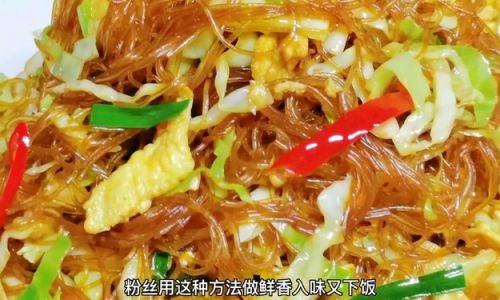
Mastering the Wok or Skillet
a. Heat is Your Ally
A searing-hot wok or pan is non-negotiable. Preheat your cooking vessel over high heat until it smokes lightly. This ensures rapid evaporation of moisture, searing noodles instead of steaming them. A well-seasoned carbon steel wok excels here, distributing heat evenly and retaining high temperatures.
b. The Art of Tossing, Not Stirring
Aggressive stirring with a spatula can break noodles and release more starch. Instead, use a gentle tossing motion (like flipping pancakes) to coat strands evenly. If using a skillet, lift and tilt the pan to redistribute noodles, allowing direct contact with the hot surface.
c. Oil Quantity Matters
While oil prevents sticking, excess amounts can weigh down noodles and make the dish greasy. Use 1-2 tablespoons of oil per serving, adjusting based on your pan’s nonstick properties. For added insurance, swirl a teaspoon of oil into the pan before adding noodles.
Ingredient Strategy: Balancing Flavor and Texture
a. Layer Ingredients Wisely
Start with aromatics (garlic, ginger) to flavor the oil, then add proteins (chicken, tofu) and vegetables (carrots, bell peppers). Save delicate ingredients (bean sprouts, herbs) for the end. This layering ensures even cooking and prevents overcrowding the pan, which traps steam and softens noodles.
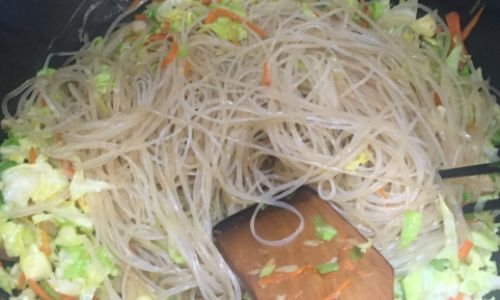
b. Moisture Control
Vegetables like cabbage or mushrooms release water during cooking. To counter this, pre-cook moisture-heavy ingredients separately or pat them dry before adding. Alternatively, use high-heat searing to evaporate liquids quickly.
c. Sauce Application
Sauces (soy, oyster, fish) should be added in stages. Pour a small amount around the pan’s edges to caramelize and reduce, then toss to coat. Avoid dumping liquid directly onto noodles, which can create clumps. For sticky sauces (e.g., hoisin), dilute with broth or water.
Advanced Techniques for Flawless Noodles
a. The “Flash-Fry” Method
After parboiling and oiling, spread noodles in a single layer on a baking sheet. Preheat your oven to its highest setting (500°F/260°C) and bake for 2-3 minutes. This dehydrates the surface slightly, enhancing texture and reducing stickiness.
b. Starch Management
Some recipes call for cornstarch slurries to thicken sauces. Use sparingly, as excess starch can glue noodles together. If clumping occurs mid-stir-fry, sprinkle a pinch of cornstarch and toss vigorously—it absorbs excess moisture.
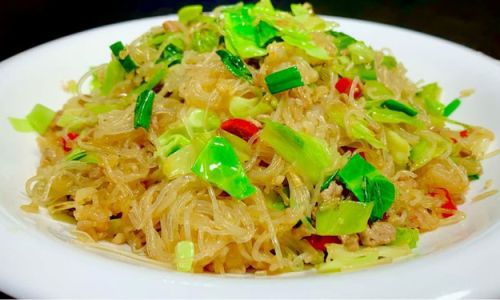
c. Noodle-Specific Hacks
- Rice Noodles: Soak in hot (not boiling) water until pliable, then drain. Avoid boiling, as they turn mushy.
- Glass Noodles: Rinse thoroughly after soaking to remove excess starch.
- Egg Noodles: Toss with a beaten egg before stir-frying for added richness and separation.
Troubleshooting Common Pitfalls
a. “My Noodles Are a Gloopy Mess!”
- Cause: Overcooking or insufficient rinsing.
- Fix: Rinse under cold water until strands feel slippery. Toss with oil and refrigerate for 10 minutes to firm up.
b. “They’re Burning Before Cooking Through!”
- Cause: Insufficient heat or overcrowding the pan.
- Fix: Cook in batches if needed. Use a splatter guard to manage high heat.
c. “Sauce Isn’t Coating Evenly!”
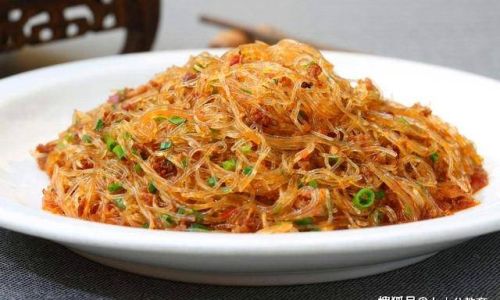
- Cause: Adding sauce too late or using thick sauces.
- Fix: Thin sauces with broth or wine. Toss noodles off the heat to prevent clumping.
The Final Touch: Presentation and Serving
Stir-fried noodles are best enjoyed immediately. Transfer them to a serving platter (not a bowl, which traps steam) and garnish with herbs, nuts, or lime wedges. The residual heat from the pan will continue to cook noodles slightly, so aim for a texture slightly firmer than desired.
Conclusion: Practice Makes Perfect
Achieving non-sticky, non-clumpy stir-fried noodles is a blend of preparation, technique, and intuition. Experiment with noodle types, heat levels, and ingredient combinations to find your rhythm. Remember: a hot pan, precise timing, and respect for starch’s properties are your allies. With patience, even home cooks can master this culinary art, transforming simple noodles into a dish that dazzles.
Final Tip: Invest in a quality wok and a fish spatula—tools designed for high-heat cooking and delicate tossing. Your future self (and dinner guests) will thank you.
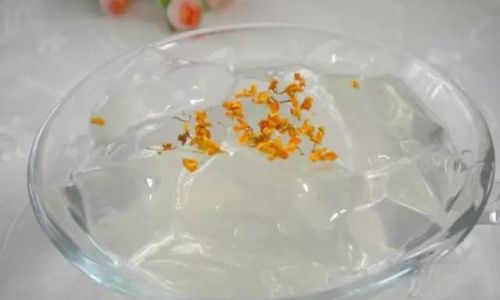


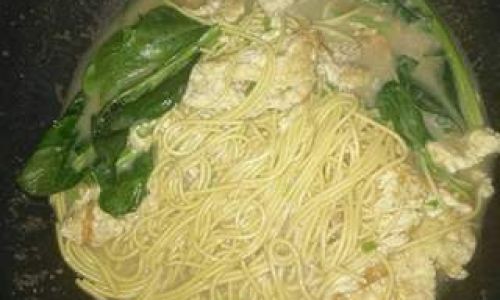
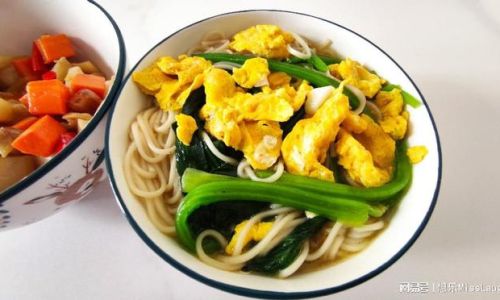
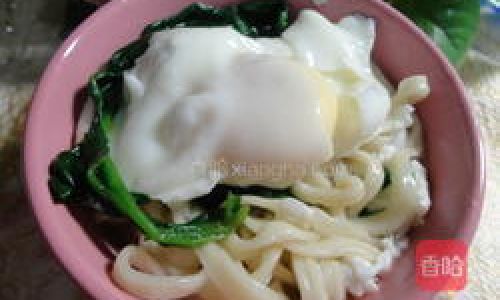
0 comments